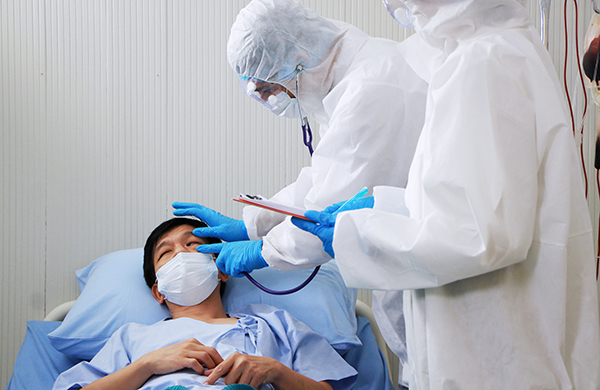
42-year-old Man With Osteomyelitis and a C auris Infection
Presented by Dr Justin Hayes

Case Presentation
A 42-year-old man currently receiving antibiotic treatment with vancomycin for methicillin-resistant Staphylococcus aureus vertebral osteomyelitis at a long-term acute-care hospital presents to the hospital febrile. An initial exam is performed, and the right upper extremity peripherally inserted central catheter (PICC) is identified as a likely source of the fever. Blood cultures are immediately obtained, and the PICC line is subsequently removed. On day 3, blood cultures return positive for Candida auris. The catheter tip also returns positive for C auris. The patient is immediately placed on contact precautions and is currently on day 5 of micafungin 100 mg daily for therapy.1






